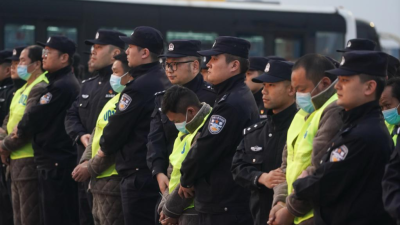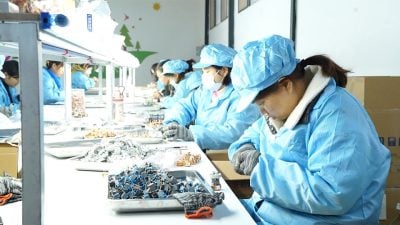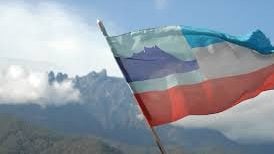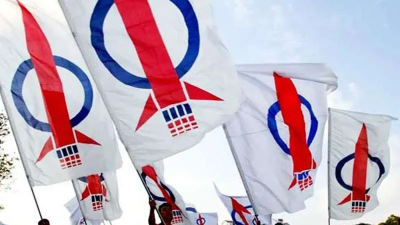
A reality check on the Indonesian government’s ambition is in order after the World Bank questioned last week the plan to turn the country into a developed economy under the Golden Indonesia 2045 vision.
Nothing less than “a miracle” will be needed for our country to advance from a middle-income to a high-income economy in time for the centenary of Indonesian independence, according to the global financial institution.
Some may perceive that assessment as rash and unnecessarily dismissive of Indonesia’s hopes and dreams, because a lot can happen in the next two decades until 2045.
Nevertheless, the World Bank is arguably one of the most qualified organizations to make informed judgement calls on a nation’s economic development, so its views should be appreciated as helpful input, even if it might not be music to our ears.
The government’s strategy meanwhile raises questions about whether the 2045 goal is achievable, because official projections point to the need for annual gross domestic product growth of 6-7 per cent over the next 20 years.
Call us pessimistic, but sustaining such a high growth rate for two decades seems unlikely.
Looking back at the last decade or so, 5 per cent is what we have come to expect, and that is a respectable performance we should be content with.
In fact, anything more than that is likely to reflect an overheating economy, which is not a sustainable basis for growth.
“Our dream is that by 2045, after a century of independence, insya Allah [God willing], Indonesia will have escaped the middle-income trap,” President Joko “Jokowi” Widodo said in his 2019 inauguration speech.
That seems a reasonable enough goal, but the President then went into detail about the specific indicators to be achieved by 2045: US$7 trillion in domestic output to make Indonesia “one of the world’s top five economies” with a monthly per capita income of at least Rp27 million.
However, the closer we get to the deadline without achieving the necessary growth rate, the more we will need to speed up economic activity to make up for lost time.
But even if the goal were attainable, we need to ask ourselves whether GDP is the right yardstick for measuring our performance leading up to 2045.
Instead of comparing Indonesia to other countries in terms of economic output, should we not decide for ourselves what we want our country to look like 20 years from now?
After all, self-determined goals and gauges of national accomplishment befit the 100th anniversary of our independence.
Much has been written about the inadequacy of GDP as a measure of welfare, even within the narrower context of economic welfare.
Accidentally crashing one’s car into a neighbour’s house and breaking one’s leg in the process will usually be GDP-positive, and that is far from the only issue with GDP as a measure of welfare.
Another is that per capita GDP, a country’s GDP divided by its population, as a mathematical average rings hollow to the many households struggling to make ends meet.
Living in a high-income country is meaningless to those who have low incomes.
It’s time for a rethink of the Golden Indonesia 2045 vision to reflect actual welfare with concrete indicators of individual well-being and national prosperity.
We could select a subset of the United Nations’ 17 Sustainable Development Goals to cover vital aspects, such as food, shelter, sanitation, health and education for individuals and stable economic growth, clean energy, affordable public transportation, security and accountable governance for the country.
Such indicators, if decided and followed up with broad public debate, will give Indonesia clearly defined and attainable goals to strive toward as a national effort for the common good.
It is good to have a vision for 2045. Let’s just remember that all that glitters is not gold.
ADVERTISEMENT
ADVERTISEMENT








































